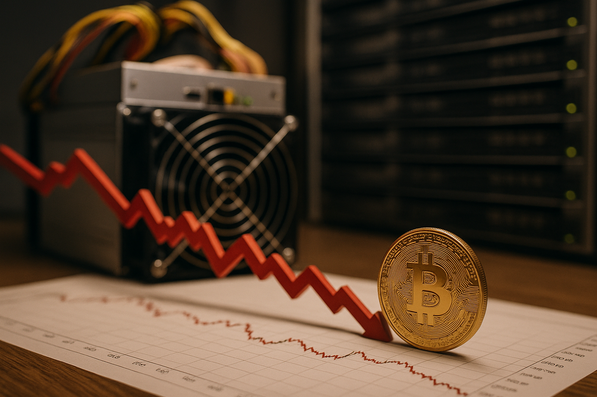TLDR
- US Energy Secretary Chris Wright proposes faster grid access for large energy consumers such as AI data centers and crypto miners.
- Wright urges the Federal Energy Regulatory Commission to create efficient procedures for facilities needing more than 20 megawatts of electricity.
- The proposal aims to address growing electricity demand driven by AI and crypto mining operations in the United States.
- The new rules could reduce connection delays and streamline the process for energy-intensive industries like crypto mining and AI.
- Crypto miners could benefit from faster grid access, with the possibility of completing connection reviews in as little as 60 days.
US Energy Secretary Chris Wright has proposed a new initiative aimed at accelerating power access for large energy consumers, such as AI data centers and crypto miners. In a letter sent to the Federal Energy Regulatory Commission (FERC) on October 23, Wright urged the Commission to streamline the process for connecting facilities requiring more than 20 megawatts of electricity to the bulk transmission grid. This proposal aims to address the growing demand for electricity driven by the expansion of AI and energy-intensive operations, such as cryptocurrency mining.
Regulations Target Faster Grid Connections
Wright’s letter advocates for a formal rulemaking process to establish procedures for large electricity consumers to connect directly to the high-voltage grid. He emphasized the need for “efficient, timely, and non-discriminatory” procedures to accommodate these large users. With the rapid expansion of AI infrastructure and crypto mining operations, Wright believes the current system’s delays could hinder progress.
He pointed out that the United States is experiencing unprecedented growth in electricity demand, partly driven by industries such as AI and cryptocurrency mining. As per the North American Electric Reliability Corporation (NERC), electricity demand is growing at the fastest rate in two decades. The Energy Secretary argued that meeting this demand requires efficient energy management, particularly for energy-intensive sectors like crypto mining and AI.
Crypto Miners Stand to Benefit
The proposed regulations are expected to benefit the cryptocurrency mining sector significantly. Bitcoin miners, who rely on vast amounts of power to operate their machines, often face delays in grid access. According to CleanSpark CEO S. Matthew Schultz, the proposed changes signal the Department of Energy’s recognition of the value that crypto miners bring to enhancing grid stability.
Schultz believes the crypto mining industry’s flexibility in scaling electricity demand could be pivotal in managing energy resources. By adjusting their energy consumption according to grid conditions, miners can help balance the supply and demand. Wright’s proposal could reduce connection timelines to as little as 60 days, provided the facility covers the network upgrade costs.
Pro-Crypto Policies Align with Current Administration’s Goals
The proposed regulations reflect the current administration’s pro-crypto stance, aligning with broader efforts to support American economic growth. Last year, former President Trump expressed interest in boosting domestic crypto mining during a private meeting with industry leaders. The administration has taken steps to ensure crypto mining remains a protected industrial activity, aiming to strengthen the country’s energy position.
While some international regulators have voiced concerns over crypto mining’s strain on energy infrastructure, the US is pushing to embrace it. Wright’s proposal supports this outlook by aiming to facilitate the growth of industries requiring massive energy resources. By promoting faster grid access, the US aims to solidify its standing as a global leader in AI and crypto mining development.





